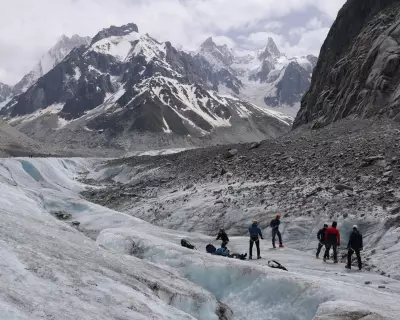
Wildlife conservationists are raising urgent concerns as California's winter-run Chinook salmon population teeters on the brink of collapse. Recent data reveals a dramatic decline in numbers, pushing this iconic species closer to extinction.
The Alarming Decline
Once thriving in California's rivers, the winter-run Chinook salmon population has dwindled to critically low levels. Experts attribute this crisis to a combination of factors including climate change, habitat destruction, and water management challenges.
Key Threats to Survival
- Rising water temperatures disrupting spawning cycles
- Reduced river flows due to drought conditions
- Habitat fragmentation from dam construction
- Increased predation in altered ecosystems
Conservation Efforts Intensify
State and federal agencies have implemented emergency measures to protect the remaining salmon population. These include:
- Cooling river waters through strategic water releases
- Expanding hatchery programs to boost numbers
- Improving fish passage around dams
- Enhancing monitoring and research programs
The Road Ahead
While these interventions offer hope, experts warn that long-term solutions require addressing root causes. "We're in a race against time," says Dr. Emily Waters, a leading fisheries biologist. "Without immediate, coordinated action, we risk losing this species forever."
The fate of California's winter-run Chinook salmon serves as a stark reminder of the delicate balance between human activity and ecosystem health. As conservation efforts continue, the coming years will prove critical for this keystone species.





